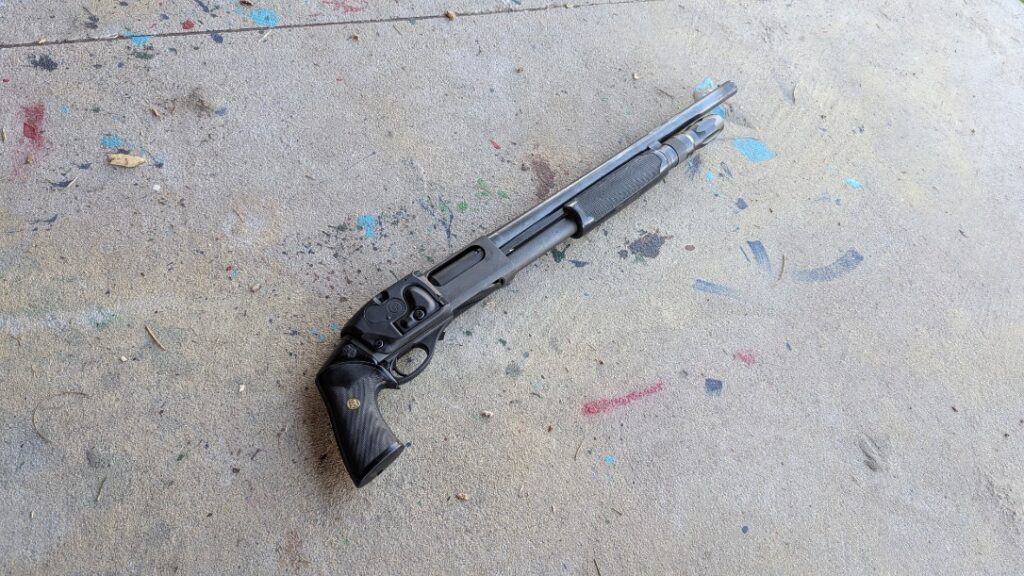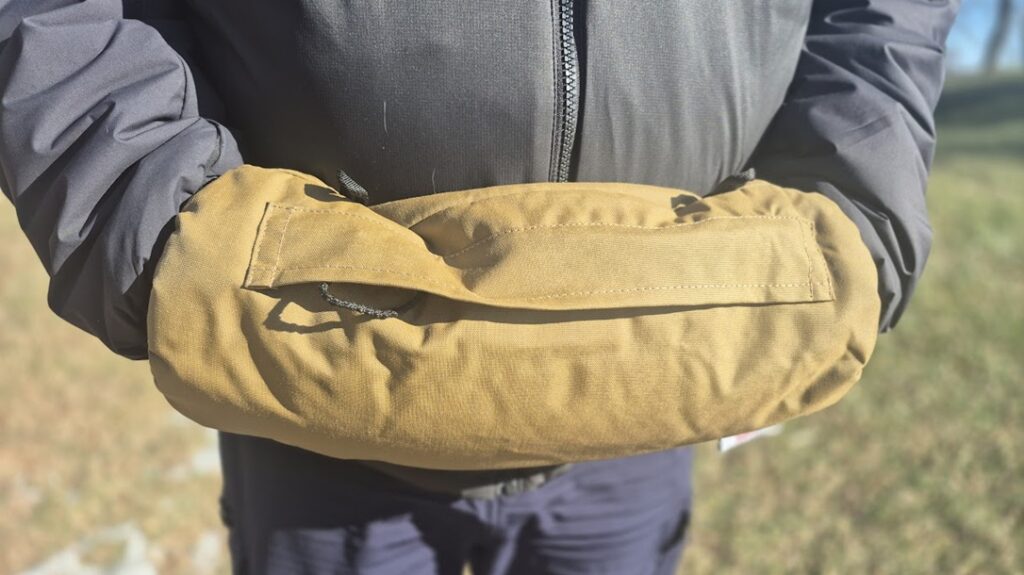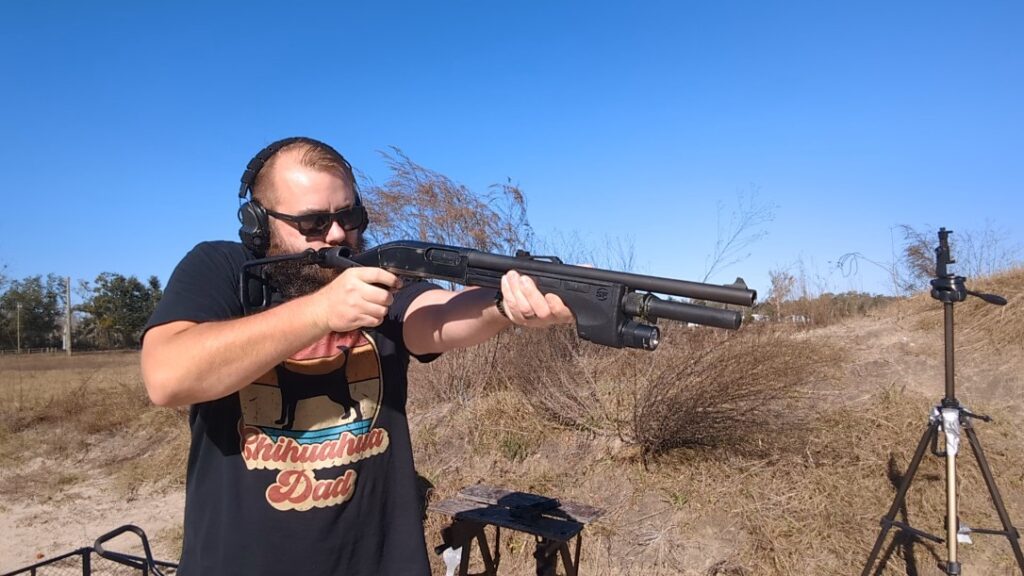Tim and is MAC crew are discussing one of the topics that has been most misunderstood in the NGSW program. The caliber change.
Is 5.56 dead?
Short answer: not even close.
Advertisement — Continue Reading Below
What we have done, and I have mentioned it here before, is we maxed out 5.56’s performance. We’ve squeezed it for what it can give us. It has served us well, and will continue to do so for many years to come, but if we wanted to change our performance envelope we needed to change calibers.
Leaving Behind
We needed to leave the physics package of light weight rounds in brass cases behind. Even with the high(er) BC’s of 77’s, rounds we only had so much distance of high efficacy terminal effects in a 5.56 diameter 77gr. More mass gives us more options and we know that recoil on a 124gr or a 147gr projectile are more than ‘shootable’ by most.
One of the biggest draws of the 5.56 NATO rifles are very low recoil impulses. However modern battle rifles don’t have absurd recoil, just more. We are be leaving behind that light pleasant recoil for something more stout.
Advertisement — Continue Reading Below
The focus of that stouter recoiling system though are going to be in the hands of MOS groups who are shooting focused, ones who are more familiar with the mechanics of shooting and less recoil adverse. The XM5 still doesn’t recoil like a 12 gauge or a grenade launcher.
Ammunition capacity and the logistics we’ve been used to are also changing. We’re gaining a great deal of effective range and improved terminal effects but we are losing the 210rd standard loadout we’ve been used to supplying for decades.
We’ve been heavily into the theory of “more bullets equals more effective” but recent changes have pushed that into a happy medium. Specifically the Marine Corps. choice of the M27 and some doctrinal shifts are emphasizing accuracy of fire above extreme volume of fire. The XM5 and the XM250 can fit neatly into that school of use.
Advertisement — Continue Reading Below
Gains
Effective range.
Terminal effects.
Armor defeat.
Advertisement — Continue Reading Below
None of those are small things but none in a vacuum are game changers either. We are, at the end of the day, talking about the second smallest weapon system in the US general arsenal for combat power, the individually issued weapon. Only the sidearm being smaller and less influential. The overall combat power of any given force is going to be in the efficacy of its combined arms employment. When in doubt, use high explosives.
But the small arms evolution that 6.8 and 6.5 increasingly represent are the next step on the optimization ladder and one that probably marks the last stage in cartridge and propellant small arms. That stage being hyper optimization of case, propellant, and projectile efficacy.
Who knows what development is going to break next in small arms. It could be energy propelled hyper velocity solids (most likely in my opinion) or laser guns, phasers, and plasma rifles in the 40W range. I don’t know. I do know that our current optimization wouldn’t have made sense without the new case technology SIG is playing with that is allowing higher pressure loads.
Advertisement — Continue Reading Below
I do want to see what the case tech can do for legacy loads like 5.56 NATO. Can we get 11.5 and 12.5 guns pushing 77gr rounds at 3,000fps? That would be cool. Could we see 300BLK guns pushing 125gr at 2700 FPS? That would also be cool. If this is cost effective to load, in that we don’t shift rounds more than 25% in cost and preferably far under that, we could see very wide adoption and later legacy calibers all receiving boost in efficacy. The make or break on this making mainstream is going to be cost of adoption.
Just like polymer cases (when they work) if this makes each shot 400+% more expensive it goes nowhere, I don’t care if we get an extra 350fps.















